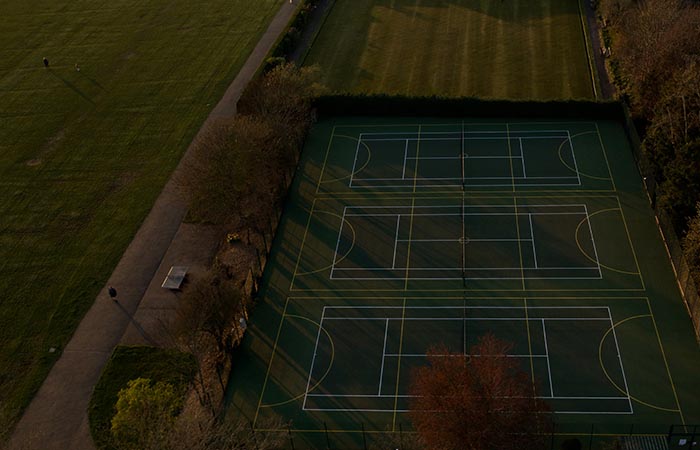
Located just seven short miles from central London, Wimbledon has plenty to offer inhabitants. Whether it is the convenient access to the West End, the world-famous tennis club or the picturesque common, Wimbledon has it all. What’s more, the area has a fascinating history, too. If you’re considering making this part of Southwest London your home, why not take our brief tour of its past?
Wimbledon in Ancient and Mediaeval Times
There are the remnants of an Iron Age fort on Wimbledon Common. Therefore, it is likely the area has been inhabited for a long time indeed, certainly before the Roman invasion and the founding of Londinium. It seems that Wimbledon was a village on the outskirts of London for much of its early existence. In fact, the first written record of it pre-dates even the Domesday Book that followed the Norman invasion. A charter signed by a Saxon king named Edgar the Peaceful refers to Wimbledon as ‘Wimbedounyng’ in the mid-tenth century.
During the later mediaeval period, Wimbledon was part of the Manor of Mortlake. Until Richard II confiscated it in 1398, the manor was the property of the Archbishop of Canterbury. Henry VIII gave the manor to Thomas Cromwell but confiscated it again in 1540 following Cromwell’s execution. Thereafter, the aristocratic Cecil family owned the manor and its grounds. It is they who built Wimbledon Manor House which stands in what is Wimbledon Park today.
Wimbledon in the Modern Age
During the early modern age, the manor that controlled Wimbledon passed through many wealthy families hands. It seems that the proximity to central London, as well as the leafy surroundings, was popular among Londoners even then. However, Charles I bought Wimbledon Manor back for the crown in 1638. After his execution, the manor fell into the hands of parliamentarians including, for a time, General John Lambert.
After the restoration of the monarchy, Wimbledon became Crown lands once more. In the 18th-century, the manor became the possession of the Duchess of Marlborough, an ancestor of Sir Winston Churchill for several years. In the 1780s, the rebuilding of the old manor house, which had burned down, took place. At this time, a decision was taken to formalise the heathland around the estates into an area approximating modern-day Wimbledon Park.
Nineteenth and Twentieth-Century Wimbledon
Wimbledon as we know it today only started to come about after the L&SWR brought train travel to the area in 1838. At this time, urban development expanded. Indeed, it shifted from the traditional village centre of Wimbledon towards the railway station. According to the censuses taken at this time, a population explosion occurred in the area from 1850. This was boosted by further railway connections, for example, the line to Croydon.
In 1905, the Municipal Borough of Wimbledon was formed, a recognition of the area’s growth and economic dynamism. The Wimbledon School of Art opened in 1910 while a new and fashionably designed Town Hall went up in 1931. In the post-war period, some former bomb sites were given over to high-density housing projects. However, much of the housing stock of the late nineteenth and early twentieth centuries remains intact to this day. That’s what gives Wimbledon such appeal compared to other parts of South London, of course.
If you’re looking for a first rate home removal company to facilitate you move let Volition Removals Wimbledon carry the load.